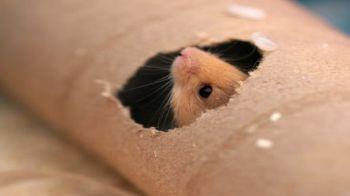 Shelves & ledges: Mice enjoy multiple levels in their enclosures. A few products that can add levels are movable platforms, hanging baskets, hammocks, tubes and tents.
Shelves & ledges: Mice enjoy multiple levels in their enclosures. A few products that can add levels are movable platforms, hanging baskets, hammocks, tubes and tents.
Igloos: There are lots of designs online to purchase and most pet stores will have them in stock. If you want to get creative, you can also make houses out of ice cream containers, lunch boxes or larger food storage containers. Then of course you can always place a full tissue box in the enclosure to provide hours of nesting fun and a temporary house to sleep in and then destroy!
Climbing accessories: Mice love to climb. You can outfit your enclosure with such things as ladders, ropes, wooden bird branches, and climbing tubes. You will find many good climbing toys in the small animal and bird departments of most pet shops or have a look what’s online. Take care not to use climbing toys in the enclosures of elderly or ill mice though.
Digging boxes: In the wild, mice forage and dig. Giving them a digging box is a safe way to let them practice this natural behaviour. To create a digging box, all you need is a plastic box, such as a litter box for cats or a low plastic storage box, and a bag of sterile potting soil. Make sure the soil has no fertilizers or other additives. Ask an adult if they can help you sow seeds to grow oat grass, wheat grass, millet, rye, or even use birdseed. Add enough moisture to grow the grass but not enough to cause fungus or mould growth. If you see fungus or mould, remove the digging box from the enclosure as it may make your mice sick. Assorted rocks and a PVC tunnel partially buried create an even more interesting environment. For fun, you can hide treats in the digging box for your mouse. Your mice’s digging box can either be in or outside of the enclosure. If you leave it in the enclosure, you will have to clean it and replace the soil regularly.
Suitable places to hide: Shelters, with multiple exits, should be provided so your mice can hide when they wish, and avoid any confrontation with other mice. Mice will use tubes for hiding or sleeping in. Cardboard tubes are particularly good as they allow the mice to climb, chew and manipulate them. Hiding places should be large enough so the mice can turn around easily and not become stuck.
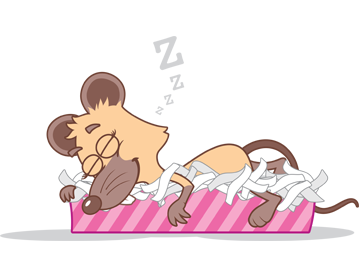

















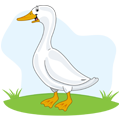





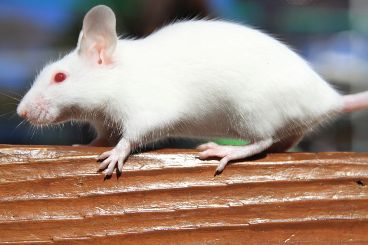
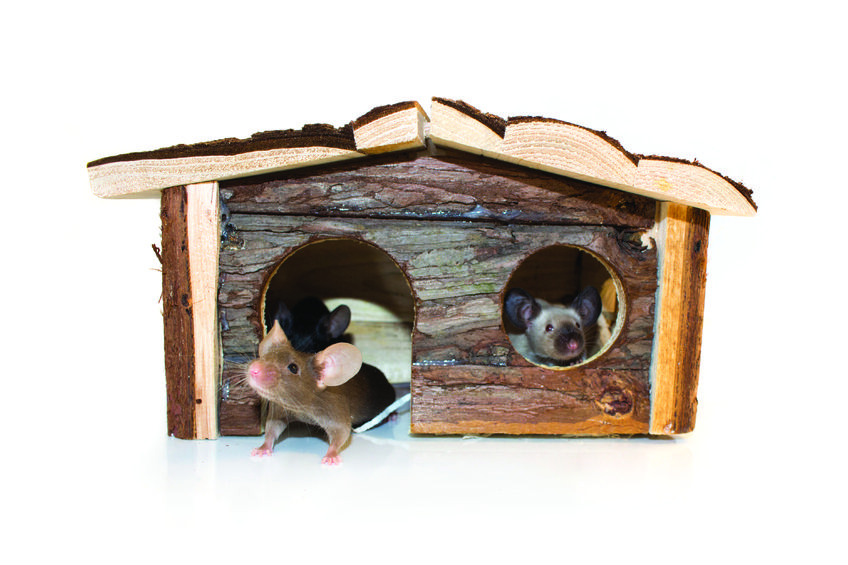
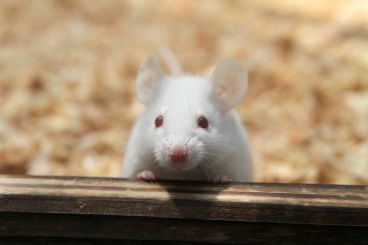
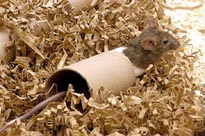
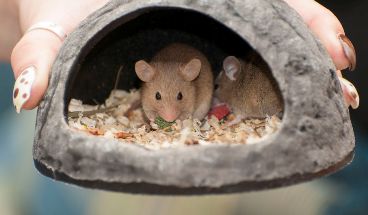

 Shelves & ledges:
Shelves & ledges: 








